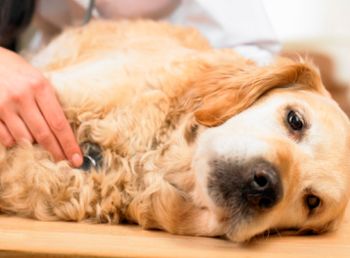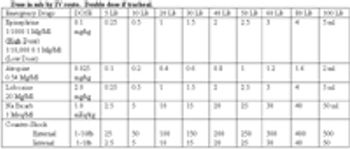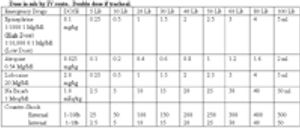
Luckily, Dr. Ralph Harvey says you'll soon have more analgesic options than ever.
Dr. Harvey is an associate professor of anesthesiology in the Department of Small Animal Clinical Sciences at the University of Tennessee College of Veterinary Medicine, where he has been a member of the faculty since 1985. He served as director of surgical services from 1993 to 2000. Dr. Harvey worked in companion animal practice and received internship and residency training at Cornell University and a fellowship at Cornell's Medical College. He is certified as a specialist by the American College of Veterinary Anesthesiologists and has served as executive secretary of the ACVA. He received the1998 Outstanding Faculty Member Award from the Tennessee Veterinary Medical Association.

Luckily, Dr. Ralph Harvey says you'll soon have more analgesic options than ever.

Veterinary anesthesiologist says we have an obligation to use every available tool to comfort patients and clients.

"The breathing patient is a happy patient."

Every aspect of medicine contributes to the overall patient experience

The AAHA Anesthesia Guidelines for Dogs and Cats provide recommendations for evaluating and monitoring patients from the preanesthetic period through recovery, selecting premedication and anesthetic induction and maintenance agents, and using anesthetic equipment and monitors. Take this ClinQuiz and learn how individualized anesthetic plans can help you successfully manage each patient you anesthetize.

Appropriate patient evaluation provides for the recognition of anesthetic risks and anesthetic concerns for that specific patient and procedure.

Anesthetic care of veterinary patients has not gotten easier over the years.

Cardiac arrest is a life-threatening emergency which must be recognized and treated IMMEDIATELY!

Pharmaceuticals do not take the place of clinical finesse.

Cats have relatively deficient hepatic glucuronidation mechanism.

Newly available analgesics and novel methods for the use of standard medications have greatly expanded options for safe and effective relief of pain in veterinary patients.

One-third of all human cancer patients report pain (60-90% with advanced cancer).

Anesthesia is intended to be a controlled, benign and reversible process. Unfortunately, the anesthetic drugs produce their effects primarily by limited depression of vital processes.

Providing good analgesia improves clinical outcome for critically injured patients.

Published: November 30th 2012 | Updated:

Published: April 1st 2009 | Updated:

Published: April 1st 2009 | Updated:

Published: April 1st 2009 | Updated:

Published: April 1st 2009 | Updated:

Published: April 1st 2009 | Updated: